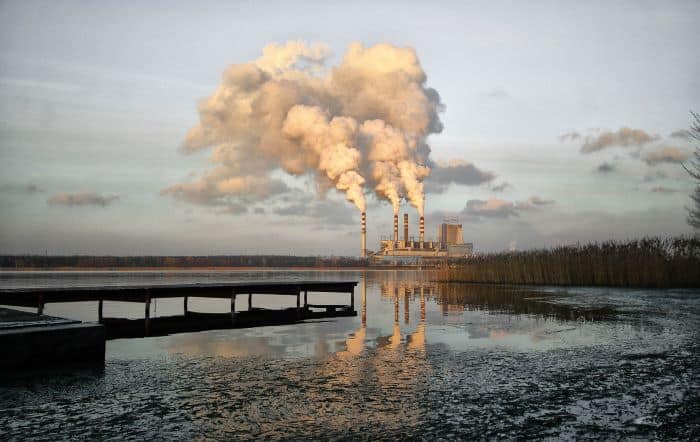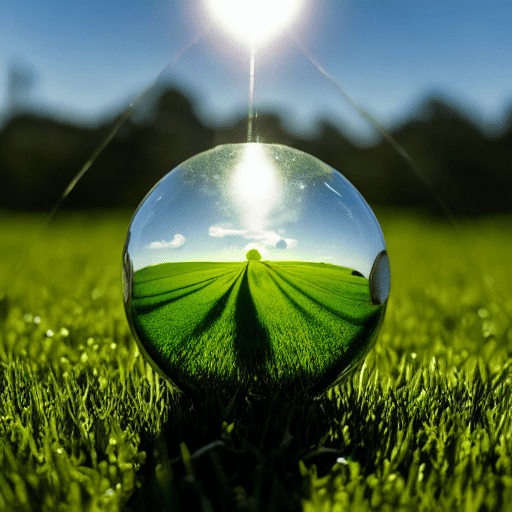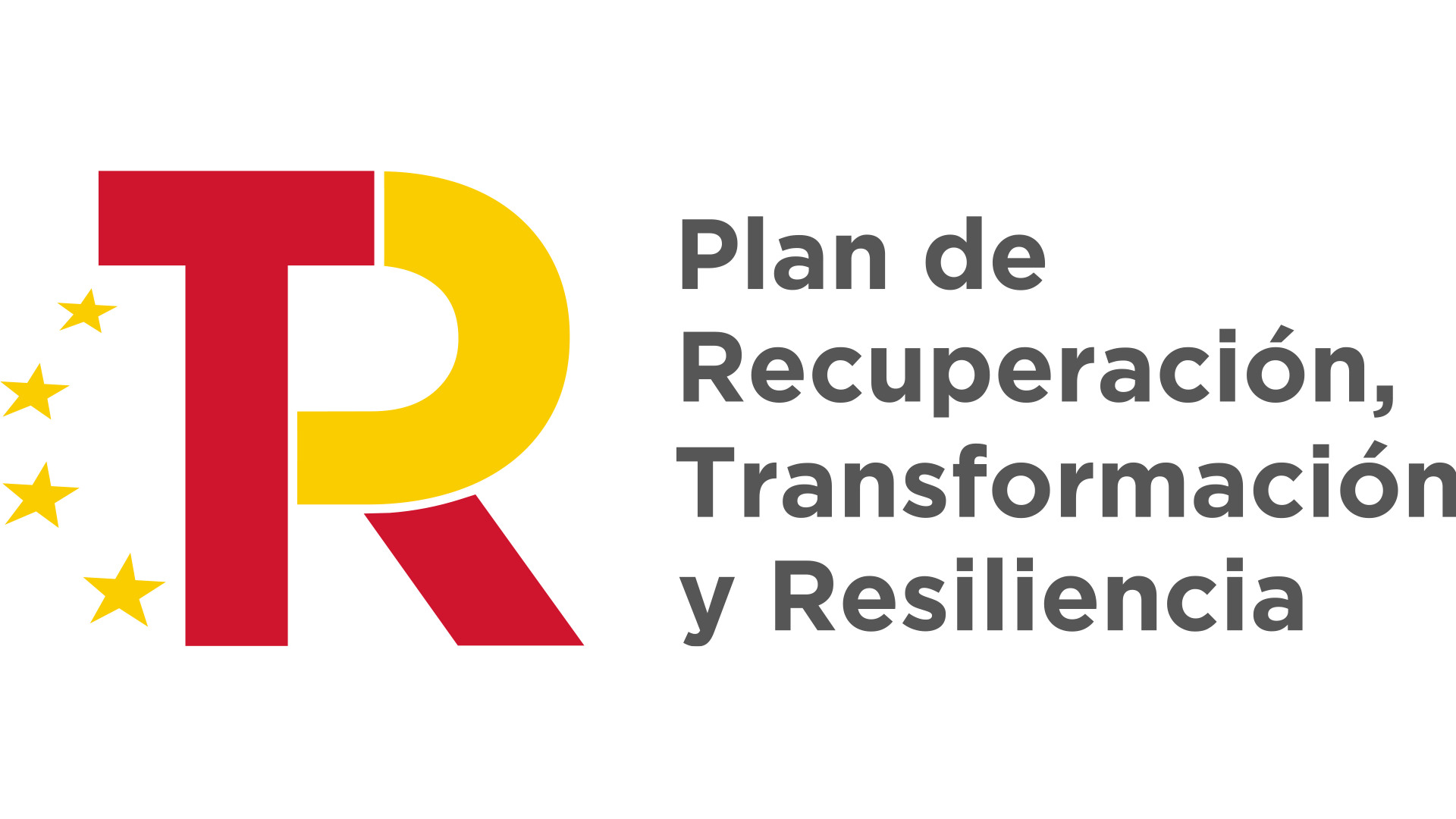Photocatalysis to reduce pollution
Pollution is one of the great problems of our time. Reducing its levels is essential to ensure healthy living conditions and sustainability for living beings and planet Earth. In this article we talk about photocatalysis and its positive environmental impact.
Due to its great decontaminating power, photocatalysis is one of the elements we have within our reach to reduce pollution levels and achieve a cleaner atmosphere where life in healthy conditions is possible.
What is contamination?
The Royal Academy of Language defines the term pollution in its dictionary as: “Direct or indirect introduction, through human activity, of substances, vibrations, heat or noise into the atmosphere, water or soil that may have harmful effects on human health or the quality of the environment, or that may cause damage to material goods or impair or impair the enjoyment or other legitimate uses of the environment”.
According to the European Environment Agency (EEA), “pollution modifies an environment such as air, water or soil in a way that can make it harmful to people or nature”.
In both definitions, the three main types of contamination that exist are mentioned. These are detailed in more detail below.
Types of contamination
Depending on the environment in which the pollutants act, three main types of pollution can be distinguished: air, water and soil.
Air or atmospheric
Atmospheric or air pollution is the release of chemical substances into the atmosphere or environment. These chemicals are harmful to the health of living beings and cause serious problems and even death.
This type of pollution includes both outdoor and indoor air pollution.
Among the causes of this atmospheric pollution are: gases expelled from fossil fuels (including those released by combustion vehicles), forest fires, waste burning, gases from industries and factories that do not consume clean energy, agriculture and intensive livestock farming.
Hydric or water
When harmful chemical substances seep into water, whether fresh or salt, we are dealing with water pollution. This has a direct impact on living beings, since the sources of drinking water for consumption are reduced.
Among the main sources of water pollution are: industrial discharges, the use of insecticides, chemical products such as detergents and cleaners filtered in the pipes of buildings, etc…. Also the oil spills that are disposed of down the drain of homes, among others.
From the ground
The earth’s surface also suffers greatly from the release of pollutants either directly or indirectly. This poses a risk to the people and living beings that inhabit these lands. In many cases, the level of contamination is so high that it becomes incompatible with life.
The main pollutants
Just as there are different types of pollution, there are different types of contaminants. Among the most prominent are: chemicals, dust, noise and radiation.
These pollutants have very diverse origins, as noted by the European Environment Agency (EEA). Some of the sources are mobile, such as transport or agriculture, while others are related to a specific location, such as an industry or a power plant.
The effects of pollution on human health
Whatever the type of pollution, they all have detrimental effects on human health.
People living in environments and places with high levels of pollution have a higher risk of suffering from respiratory, dermatological, neurological, or cardiovascular problems and diseases.
As they are more exposed to polluting gases, they greatly increase their chances of developing certain types of cancer, such as lung cancer.
Photocatalysis and its decontaminating power
In order to reduce pollution levels and preserve the health of living beings and the planet, different governments and institutions are looking for solutions to implement measures to reduce pollutant levels.
In this sense, the installation and use of photocatalytic materials is a measure that is beginning to be promoted, given the great advantages offered by photocatalysis to reduce pollution. Thus, this chemical process has a positive environmental impact.
What is photocatalysis
In a previous article we discussed the definition of photocatalysis. In this publication we draw a parallel between this chemical process and the natural process of plant photosynthesis.
Thanks to the presence of a photocatalyst, photocatalysis makes it possible to destroy pollutants in the environment, water or soil.
The photocatalyst reacts upon contact with sunlight or infrared light and accelerates the decomposition and oxidation of polluting substances and chemical compounds.
Contaminants are converted to minerals and can be easily removed by simple cleaning. In addition, water and small amounts of carbon dioxide are generated during photocatalysis.
Photocatalytic materials are used to remove a large number of pollutants from the air or environment. Among them: NOx, SOx, volatile organic compounds (VOC), CO, methyl mercaptan, formaldehyde, chlorinated organic compounds, polyaromatic compounds…
The photocatalytic process
As in plant photosynthesis, where carbon dioxide is absorbed and transformed into oxygen and nutrients. In photocatalysis, titanium dioxide (one of the most widely used photocatalysts) reacts to sunlight or radiation sources and accelerates the chemical processes that convert pollutants into simpler substances.
With photocatalysis, materials using titanium dioxide as a photocatalyst, manage to mineralize harmful pollutants, mainly: NOx, SOx, volatile organic compounds (VOCs), CO…
Once these contaminants have been mineralized, their elimination is very simple. Being water-soluble elements, simply by the action of rain, these elements are eliminated from the environment and surfaces.
In addition, during photocatalysis, pollutants are transformed into water (H2O) and small amounts of carbon dioxide (CO2).
In this sense, the Iberian Photocatalysis Association clarifies that although “CO2 is a greenhouse gas and its anthropogenic emissions represent one of the key factors in the fight against climate change”, the release of this gas into the atmosphere during photocatalysis is minimal compared to the great positive impact that photocatalytic materials offer in the fight against pollution.
Positive environmental impact of photocatalytic materials
Once the photocatalytic process is known, it is safe to say that this chemical process can have great benefits for human health, the planet and the sustainability of the environment.
Photocatalytic materials are decontaminating materials that reduce the different types of contamination listed at the beginning of this article.
Air decontamination
Materials such as facade coatings that include among their components a photocatalyst such as titanium dioxide make it possible to clean the air and atmosphere of harmful gases, including greenhouse gases that cause the global warming that triggers climate change.
Opting for buildings, structures or surfaces made of photocatalytic materials will help to live in environments and cities with a considerable improvement in the level of air purity.
But it is not only possible to decontaminate the atmosphere, materials such as indoor photocatalytic paints are great allies in the fight against pollution in indoor environments: homes, stores, restaurants, health centers…
To cite some examples of the positive impact of photocatalysis on the environment, it is possible to eliminate odors, eliminate ethylene formed in fruit and vegetable stores, soil remediation through desorption, pollen reduction, etc.
Water purification and filtration
Photocatalysis is not only capable of decontaminating the environment or the air we breathe. Scientific studies have shown that photocatalytic processes in aquatic environments make it possible to disinfect and purify water environments (lakes, rivers, groundwater….).
Thus, photocatalysis is a process that can be used to make water drinkable and increase the planet’s drinking water reserves.
Floor cleaning and disinfection
In addition to their decontaminating properties, photocatalytic materials are capable of self-cleaning the surfaces on which they are installed, as well as purifying them. Among the properties of photocatalytic materials are their anti-bacterial, anti-mold, anti-algae and anti-bactericidal capabilities.
Photocatalysis as an energy source
Some scientific research on the environmental benefits of photocatalysis suggests that this process opens the door to more sustainable fuels and could be a source of clean energy.
In this sense, the White Paper prepared by the Iberian Association of Photocatalysis speaks of turning this chemical process into a kind of artificial photosynthesis, becoming new and great lungs for the planet.
From Albergrass we want to take advantage of this loudspeaker of our blog to raise awareness of the importance of reducing pollution. It is important to bet on products and processes that are sustainable. And a sample of them are the different photocatalytic materials that are already a reality.



















